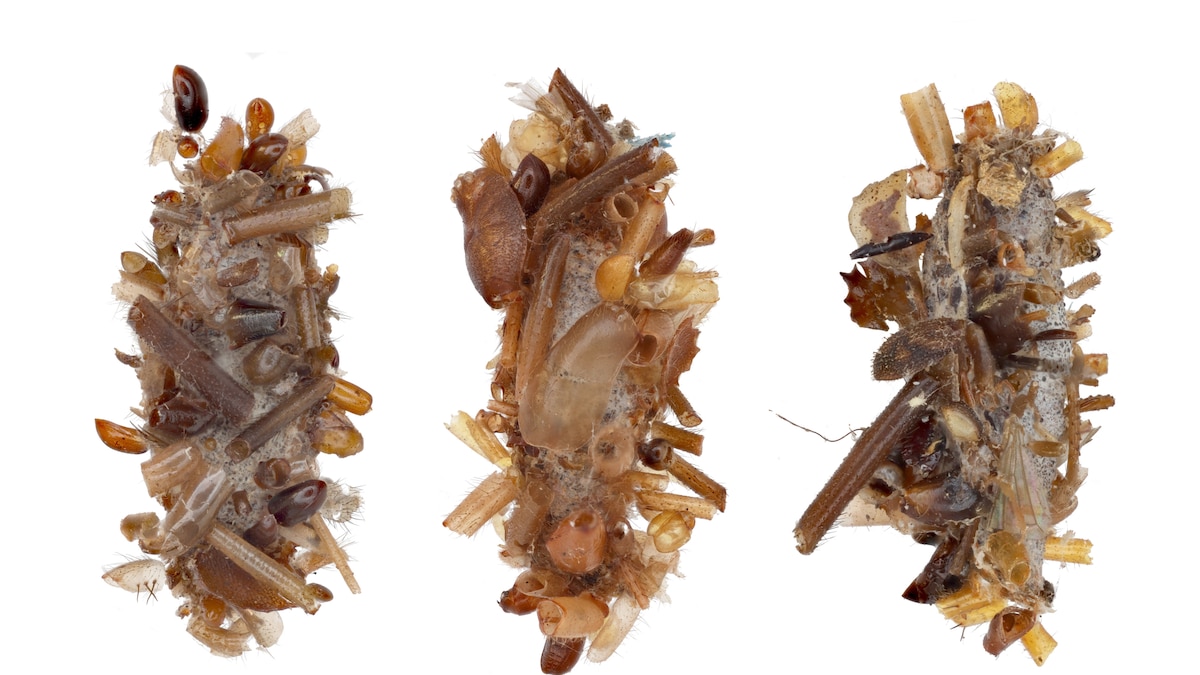Now Reading: Indian Insect Disguises Itself Using Severed Body Parts
-
01
Indian Insect Disguises Itself Using Severed Body Parts
Indian Insect Disguises Itself Using Severed Body Parts

Quick Summary
- Researchers discovered a carnivorous caterpillar species in hawai’i, nicknamed the “bone collector,” that uses scavenged insect body parts to camouflage its silk case.
- Belonging to the genus Hyposmocoma, these caterpillars are rare, with only 62 individuals found in over two decades of fieldwork.
- the caterpillar constructs cases from scavenged insect remains such as ant heads, fly wings, and spider legs. This behavior may help it avoid detection by spiders and predators due to its camouflaged appearance and scent.
- Carnivory is extremely unusual among moths and butterflies; 99.9% of these species consume plants or fungi.
- Bone collector caterpillars have been observed eating dead bugs, weakened insects, and even preying on slow-moving or cannibalized peers when reared in captivity.
- Their evolutionary lineage dates back six million years but is now confined to a small region on Oʻahu island. Habitat loss, climate change, and introduced invasive species threaten their existence.
- Similar Hawaiian moths face extinction risks-nearly 40% of native butterfly/moth species are estimated as extinct or endangered.
Indian Opinion Analysis
The finding of Hawai’i’s bone collector caterpillar highlights how isolated ecosystems like those found in archipelagos generate unique flora and fauna adapted for survival through rare behaviors. For India-which boasts rich biodiversity akin to island ecosystems-it underscores the importance of habitat conservation amid prevalent threats like climate change and invasive species.Despite their ecological intrigue, such discoveries also serve as cautionary tales; without human intervention through habitat protection or invasive-species management policies-as suggested by other global examples-India’s equally interesting endemic species could face similar extinction risks.
Moreover, this study encourages broader attention toward lesser-studied life stages (e.g., larvae) within ecosystems that may hold significant insights into adaptation strategies under pressure. The focus on peculiar evolutionary traits additionally reinforces India’s attempts at biodiversity documentation aligned with global conventions.
























